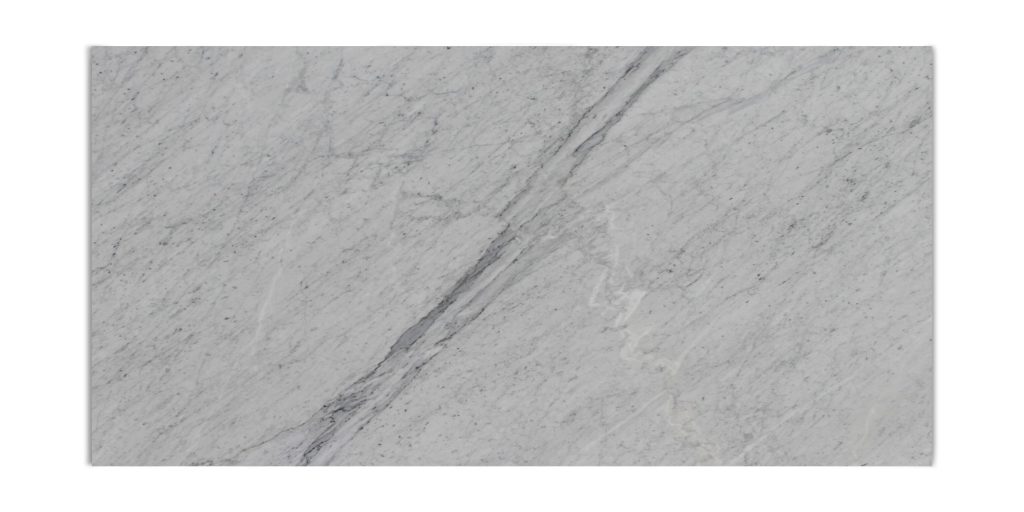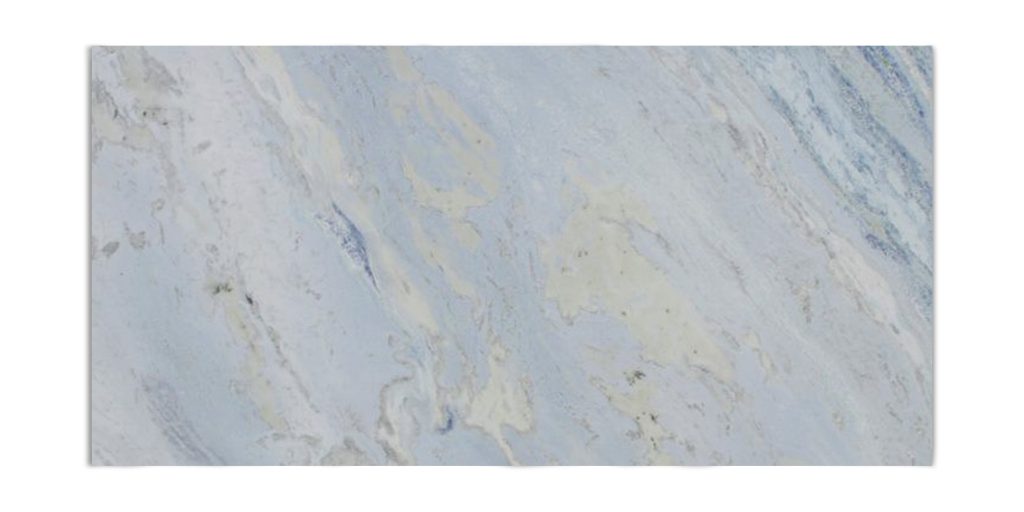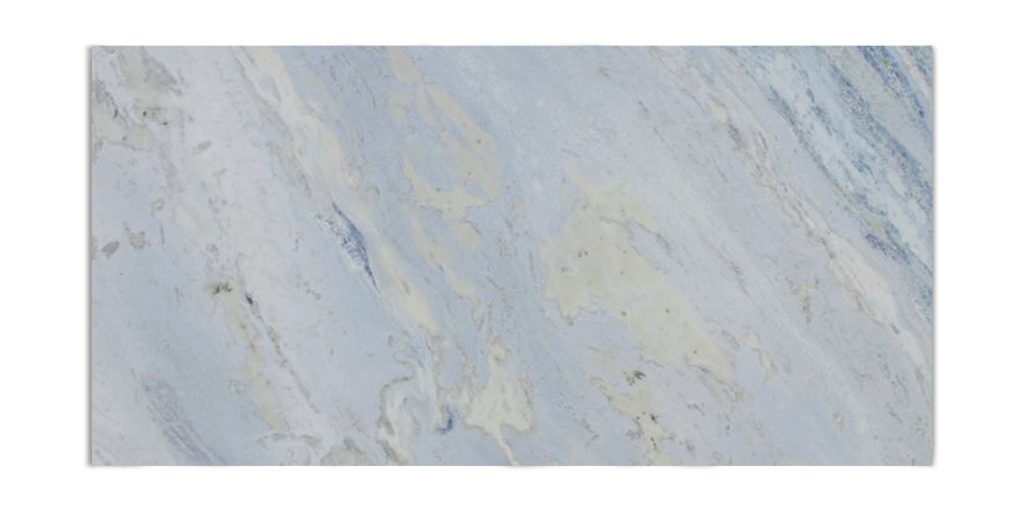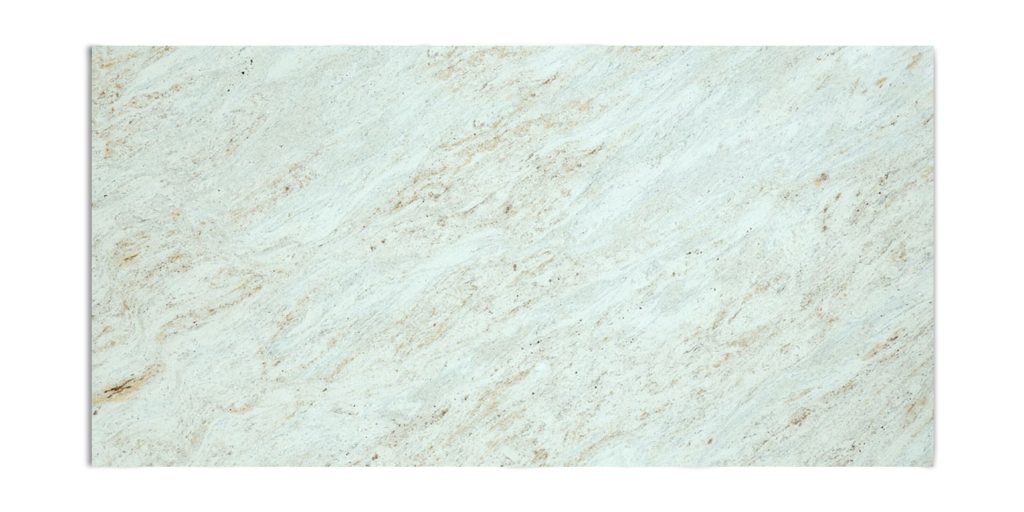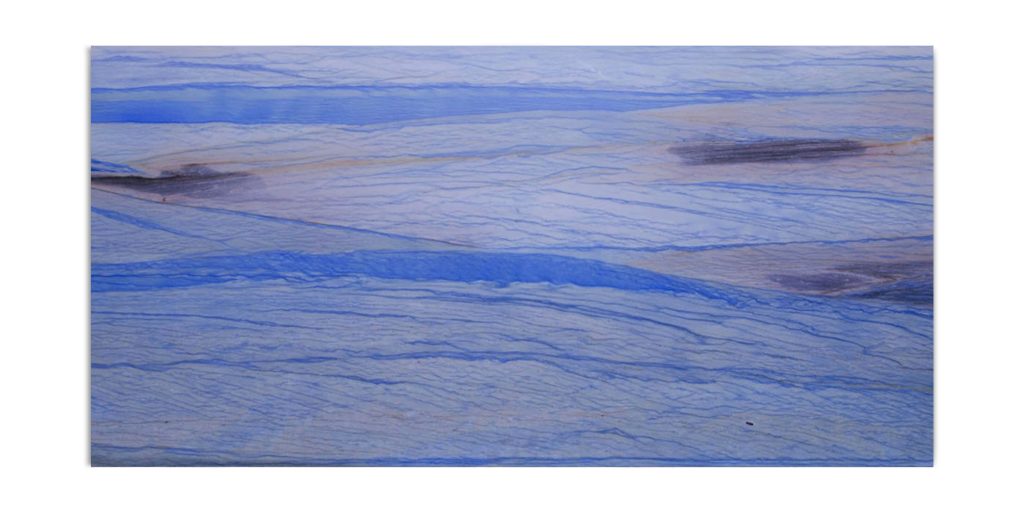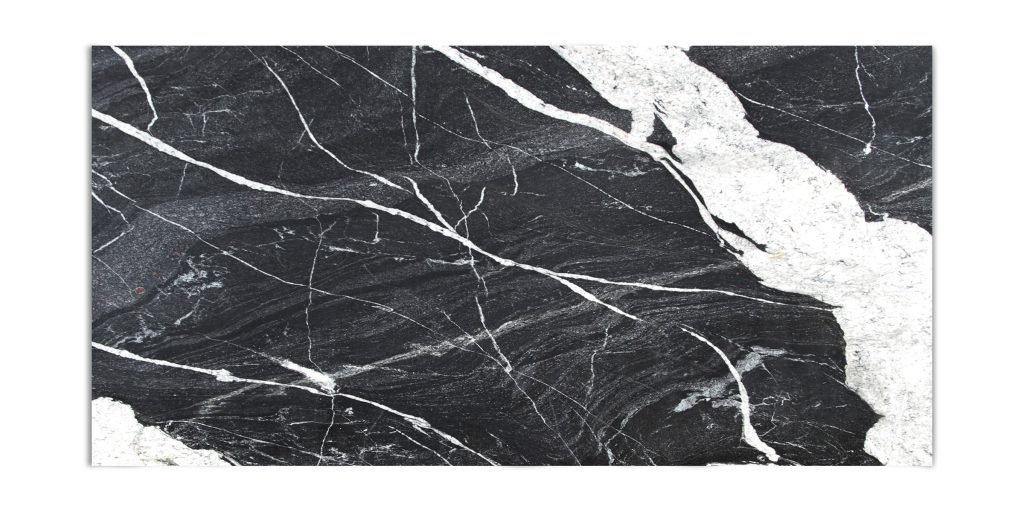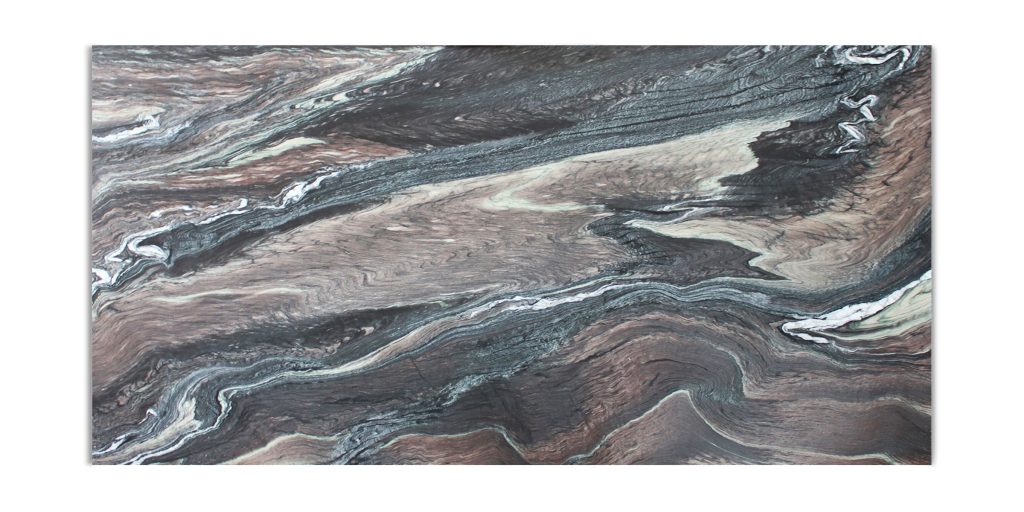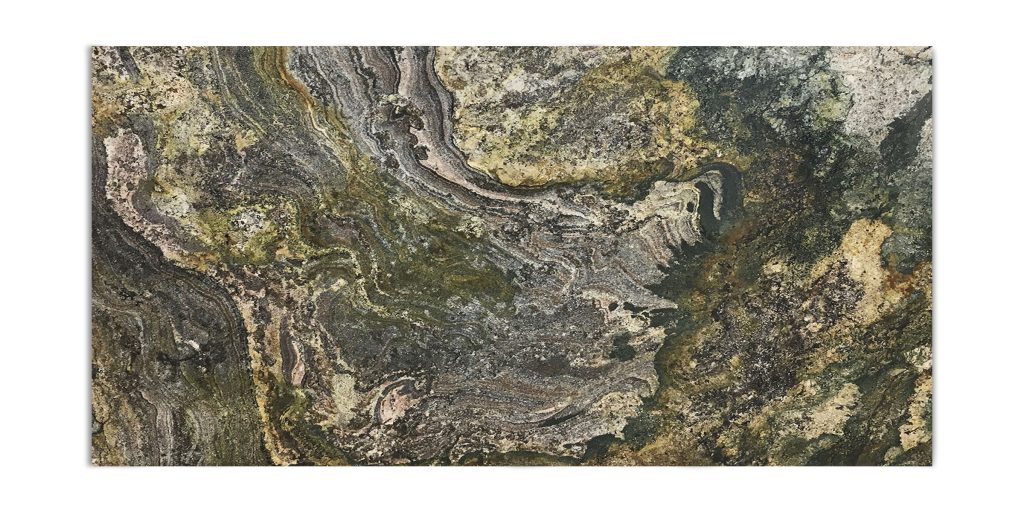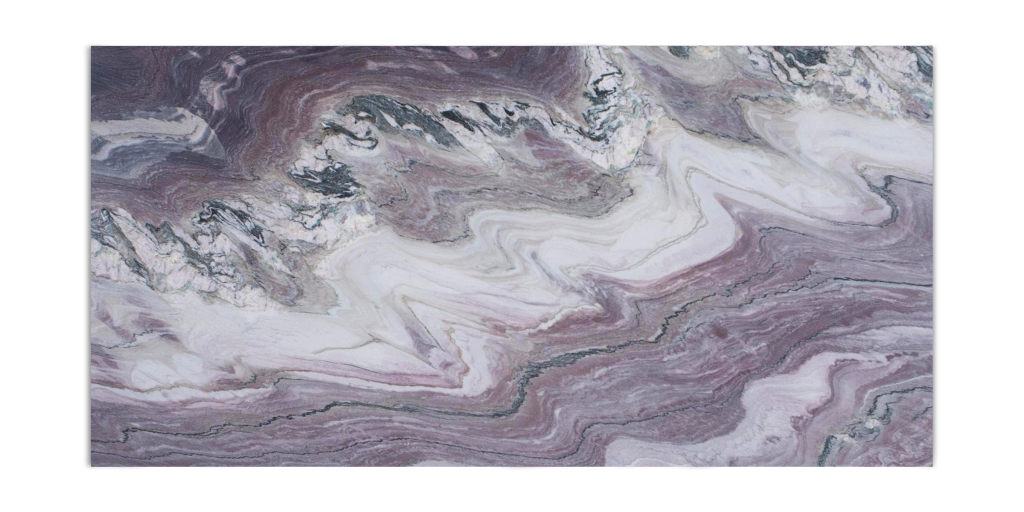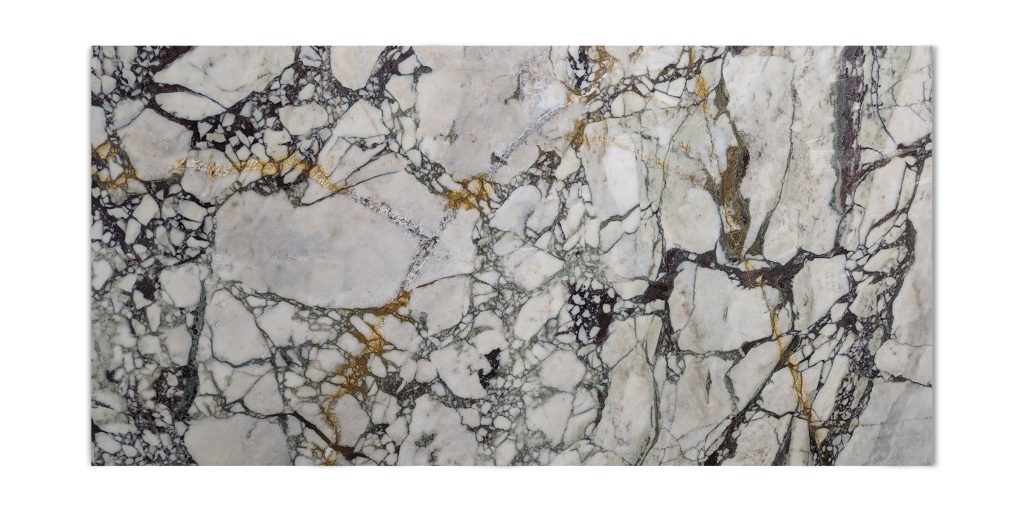What to know before buying countertops?
What to know before buying countertops? When it comes to upgrading your kitchen or bathroom, choosing the right countertops is one of the most important decisions. Countertops are not just about aesthetics; they play a significant role in functionality, durability, and maintenance. Here’s what you need to know before making your purchase.
1. Material Matters
Different countertop materials offer various benefits and drawbacks. Some popular choices include:
-
Granite – Durable, natural, and available in unique patterns.
-
Quartz – Non-porous, low maintenance, and highly durable.
-
Marble – Luxurious and elegant but requires more maintenance.
-
Quartzite – A natural stone alternative to quartz with high durability.
-
Porcelain – Resistant to stains, scratches, and heat.
-
Soapstone – Soft, naturally antimicrobial, and develops a patina over time.
-
Solid Surface – Seamless and repairable but less heat-resistant.
2. Budget Considerations
Countertop costs vary significantly based on material, thickness, edge styles, and installation complexity. Have a budget in mind and compare prices across different materials to find the best fit for your needs.
3. Durability and Maintenance
Some materials require more upkeep than others. For example:
-
Quartz and porcelain require minimal maintenance.
-
Marble and granite need periodic sealing to prevent stains.
-
Wood countertops require oiling to maintain their finish.
Consider your lifestyle—if you cook often and need a low-maintenance surface, quartz may be a better choice than marble.
4. Aesthetic Appeal
Countertops are a focal point in kitchens and bathrooms. Consider:
-
Color and Pattern: Choose a shade that complements your cabinetry and flooring.
-
Finish: Polished, honed, or leathered finishes can affect the look and feel of your space.
-
Edge Profiles: From simple straight edges to ornate ogee styles, the edge design can add to the overall aesthetic.
5. Installation Process
Professional installation is key to ensuring a seamless and long-lasting countertop. Some materials, like granite and quartz, require professional fabrication and installation, while laminate and butcher block may allow for DIY installation.
6. Environmental Impact
If sustainability is a concern, consider eco-friendly options like recycled glass, reclaimed wood, or sustainable quartz surfaces. Some manufacturers also offer environmentally friendly production practices.
7. Resale Value
High-quality countertops can increase the value of your home. Quartz and granite are often seen as valuable upgrades in the real estate market.
Final Thoughts
So what to know before buying countertops? Before purchasing countertops, take the time to research materials, consider your budget, and think about long-term maintenance. A well-informed decision will ensure that your countertops not only look stunning but also serve your needs for years to come.

